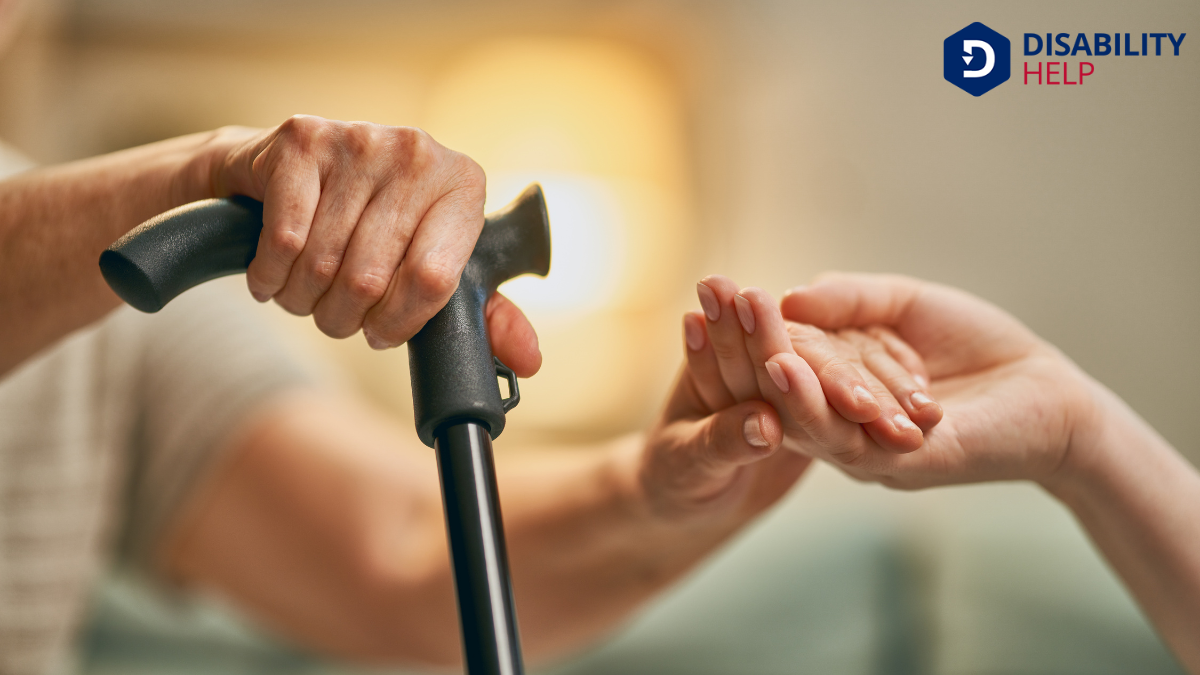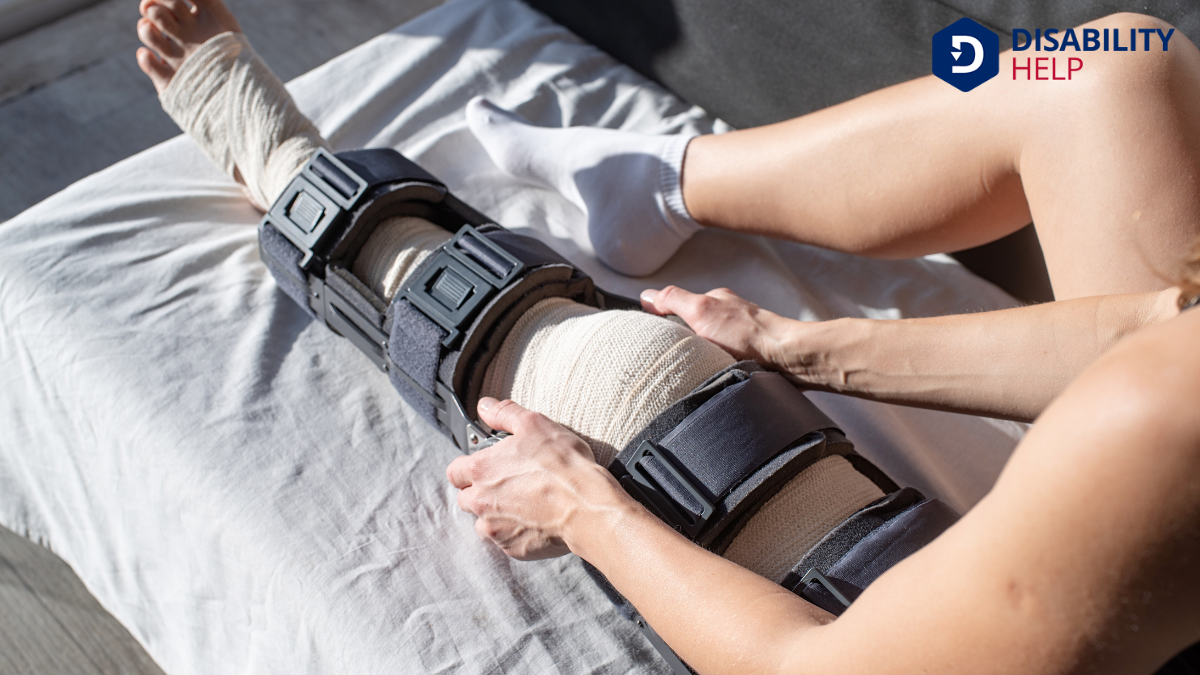When it comes to selecting a mobility aid for poor balance, we understand the options can seem overwhelming. From canes to walkers, each tool offers unique benefits that cater to different needs. Choosing the right one can greatly enhance our daily lives, but how do we determine which is best for us? Let's explore the features and advantages of these aids to uncover what might just be our perfect fit.
Key Takeaways
- Choose a walkerA mobility aid with a metal frame and sometimes wheels, used by individuals who need additional supp... for maximum stability and support due to its sturdy frame and four points of contact.
- Consider a rollator for enhanced maneuverability with added safety features like brakes and built-in seating.
- Evaluate canes with a wide base for increased stability and height adjustability for proper posture.
- Assess the environment to determine if a lightweight or robust aid is necessary for indoor or outdoor use.
- Prioritize comfort features like ergonomic handles and adjustable settings for ease of use and reduced strain.
Understanding the Basics of Mobility Aids
When considering mobility aidsDevices designed to help individuals move around more easily, such as canes, walkers, or wheelchairs..., it's vital to grasp their fundamental purpose: enhancing stability and independence. These tools are essential for those of us experiencing balance issues, as they offer support and confidence in our daily activities.
Mobility aids come in various forms, including walkers, crutches, and wheelchairs, each designed to cater to different needs and levels of mobility assistance.
Let's focus on understanding our unique requirements. It's important to assess how much support we need and the environments we frequently navigate.
Do we require something lightweight for short distances or a more robust solution for uneven terrain? By recognizing these differences, we can make informed choices that suit our lifestyles.
Ultimately, the right aid empowers us to move freely and safely.
Evaluating Canes for Balance Support

For those of us looking into canes as a balance support option, it’s essential to evaluate their effectiveness and suitability for our needs.
Canes can provide stability, but we need to guarantee they meet specific criteria to be truly helpful. Here are three key factors to reflect on:
- Height Adjustability: It’s imperative that a caneA mobility aid used to assist with balance and walking. is adjustable to match our height for proper support and posture.
- Grip Comfort: A comfortable handle reduces hand strain. Let’s choose a cane with a grip that feels natural in our hands.
- Base Stability: Canes with a wider base or multiple prongs offer increased stability, which is crucial for those of us with significant balance issues.
Exploring the Benefits of Walkers
While evaluating mobility aids for poor balance, let's explore why walkers might be a superior choice for many.
Walkers offer stability and support with their sturdy frame and four points of contact with the ground. They distribute weight evenly, which greatly reduces the risk of falls and increases confidence while moving. We can adjust the height of most walkers to suit individual needs, promoting better posture and comfort.
Walkers also provide a handy seat for resting during long walks, allowing us to take breaks as needed. They often include storage options, like a basket or pouch, making it convenient to carry personal items.
Rollators: A Step Above Traditional Walkers
Although traditional walkers provide essential stability, rollators take mobility support a step further by offering enhanced features and versatility. They’re perfect for those of us seeking extra convenience and comfort.
Rollators come with wheels, making them easier to maneuver over various surfaces, and they include brakes for safety. Additionally, they often have built-in seats and storage, allowing us to rest and carry belongings without hassle.
Let’s explore the top benefits of rollators:
- Wheels for Smooth Navigation: The wheels provide seamless movement, reducing effort on our part.
- Built-in Seating: Whenever we need a break, the seat offers a comfortable resting spot.
- Storage Options: Integrated baskets or pouches let's keep our essentials handy, improving our independence.
These features make rollators a superb choice for enhanced mobility.
Knee Scooters: A Niche Solution for Specific Needs

When we consider knee scooters, we're looking at a specialized tool that's perfect for those recovering from lower leg injuries.
They offer enhanced mobility features that allow us to navigate spaces more freely than traditional crutches.
With their focus on safety and stability, knee scooters provide a reliable option for maintaining balance during the healing process.
Ideal Injury Recovery Tool
For those of us maneuvering the challenges of injury recovery, finding the right mobility aid can make all the difference.
Knee scooters are an ideal tool for specific needs, especially when dealing with foot or ankle injuries. They offer a stable and efficient way to maintain mobility without putting weight on the injured area.
Let’s explore why knee scooters might be the best option for recovery:
- Comfort: The cushioned knee rest provides support, reducing pressure on the injured leg.
- Maneuverability: With handlebars and wheels, we can easily navigate tight spaces and corners.
- Speed: Compared to crutches, knee scooters allow quicker movement, helping us maintain a more active lifestyle during recovery.
Enhanced Mobility Features
While considering mobility aids, it's important to recognize the enhanced features that make knee scooters a standout option for those with specific needs.
We've found that they offer unique advantages for individuals recovering from foot or ankle injuries. These scooters provide a comfortable, padded platform for resting the knee, allowing us to move around without placing weight on the injured limb.
Unlike traditional crutches, knee scooters come with handlebars and a steering mechanism, making navigation more intuitive and less tiring. They let us maintain an active lifestyle, thanks to their lightweight design and ease of use.
Plus, with adjustable heights and foldable frames, they cater to various body sizes and are easy to transport. For those looking for convenience and support, knee scooters offer a tailored solution.
Safety and Stability Benefits
Knee scooters boast impressive safety and stability benefits, making them a niche solution for those with specific mobility needs.
When we think about mobility aids, knee scooters stand out for their unique design, tailored to individuals recovering from lower leg injuries. They’re not just about getting us from point A to B; they’re about doing so safely and confidently.
Here are a few reasons why they excel in these areas:
- Sturdy Frame: Knee scooters are built with durable frames that provide reliable support, ensuring we feel secure during use.
- Enhanced Control: With handlebars and brakes, we maintain control and can stop safely when needed.
- Comfortable Resting Platform: The padded knee platform offers a comfortable resting spot, reducing strain and enhancing stability.
These features make knee scooters a smart choice for those seeking both mobility and safety.
Factors to Consider When Choosing a Mobility Aid
When choosing a mobility aid, it's essential we consider several factors to guarantee it meets our specific needs and enhances our quality of life.
First, let's evaluate the level of support we require. Are we looking for a simple cane or a walker with more stability?
Next, consider the environment where we'll use it—indoors or outdoors? This will affect the aid's design and durability.
We should also think about the weight and portability of the device, especially if we travel frequently.
Comfort is key, so adjustable features and ergonomic handles are a must.
Finally, budget plays a role; let's balance quality with affordability.
Conclusion
In our journey to find the best mobility aid for poor balance, we've explored various options. Canes offer basic support, but walkers provide greater stability with their sturdy frames. Rollators add ease of movement and handy features like brakes and seating. Knee scooters, while niche, serve specific needs. Ultimately, it's about evaluating individual support requirements and environments. Let's choose wisely for safer, more confident mobility, ensuring a solution that truly fits our unique needs.






